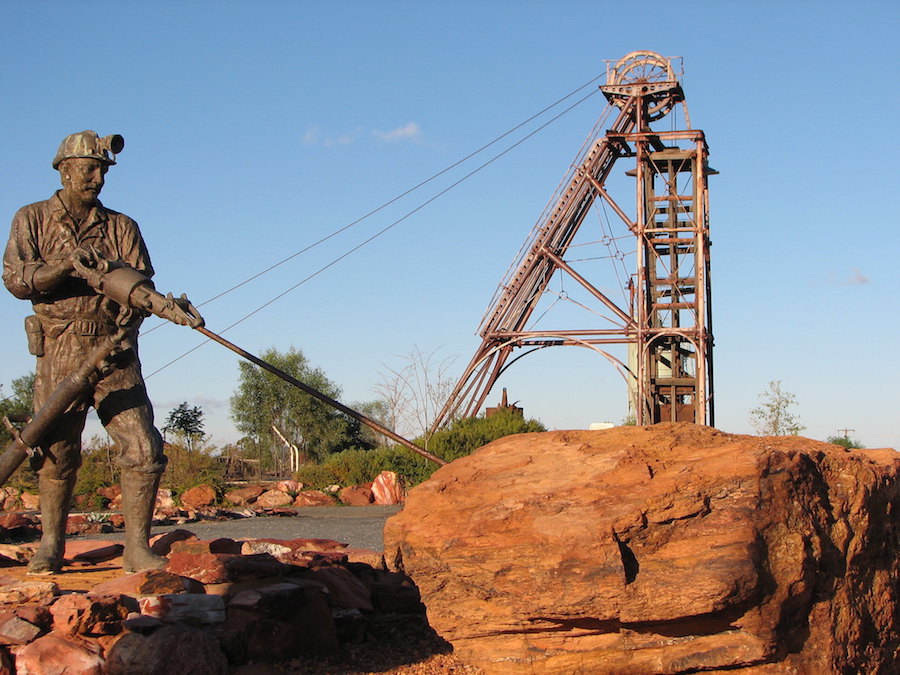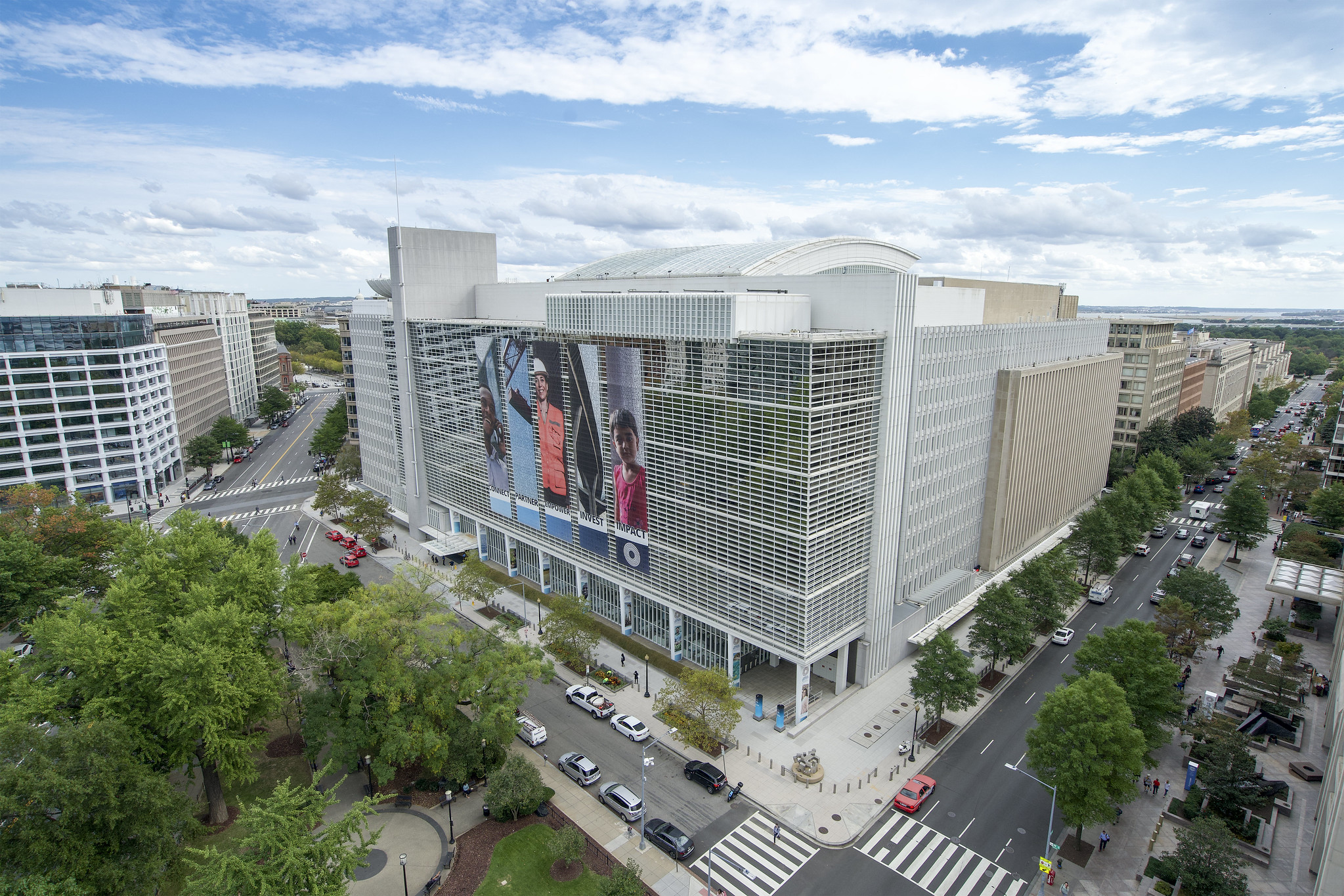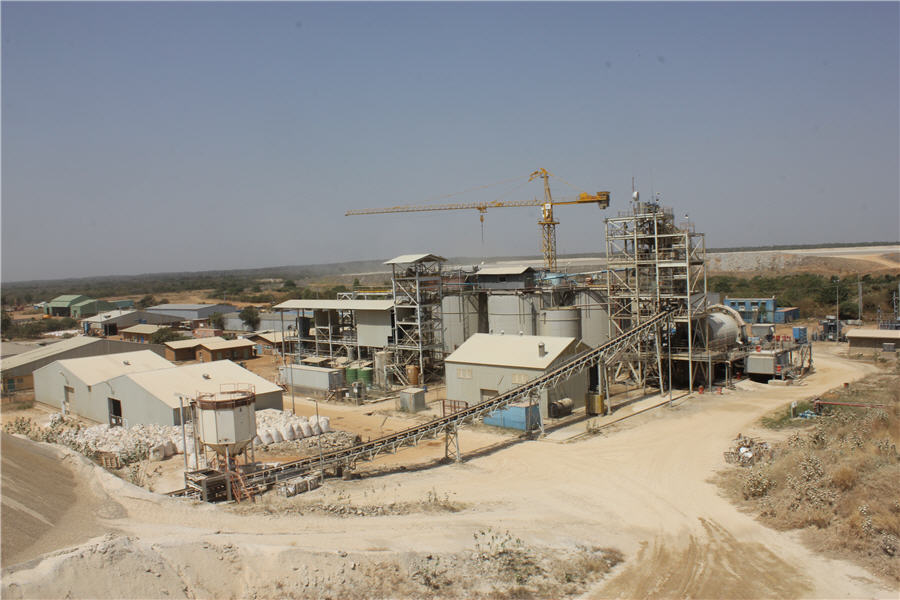Analysts voice scepticism on mining supercycle narrative

Economists are tracking a broad economic recovery across the globe that appears to be gathering momentum and commodity prices are trading at healthy-to-stratospheric levels amid recovering demand from the Covid-19 pandemic, escalating geopolitical tension between the world’s industrial juggernaut China and key mining nations like Australia, and circumstantial supply-side issues.
On May 12 iron ore prices surged to a record US$237.57 per tonne and copper broke out of a decade-long rut on May 7, as metal for delivery in July gained 3.2%, with futures trading at a record US$4.75 per lb. (US$10,470 per tonne) on the Comex market in New York, compared with the 2011 record of US$4.50 lb. (US$10,190 tonne).
Unprecedented infrastructure-focused stimulus packages add a new layer of incremental demand growth to already generally bullish commodity fundamentals, and in recent quarterly conference calls the world’s mining majors boasted of record revenues, cash flow and returns to shareholders.
In recent quarterly conference calls the world’s mining majors boasted of record revenues, cash flow and returns to shareholders.
Surging prices are leading some to believe that the market is entering a new commodity supercycle – when prices climb for years if not decades. The analogue is the largely Chinese-driven supercycle of 2002-2008, when the country pushed industrialization and urbanization, and its gross domestic product expanded annually at a percentage rate in the low to mid-teens.
But most analysts The Northern Miner interviewed are not so sure we are there just yet, with some arguing a real supercycle is only likely to emerge in about three to five years from now as the transition to the green economy firmly takes hold.
More News
{{ commodity.name }}
{{ post.title }}
{{ post.date }}



Comments